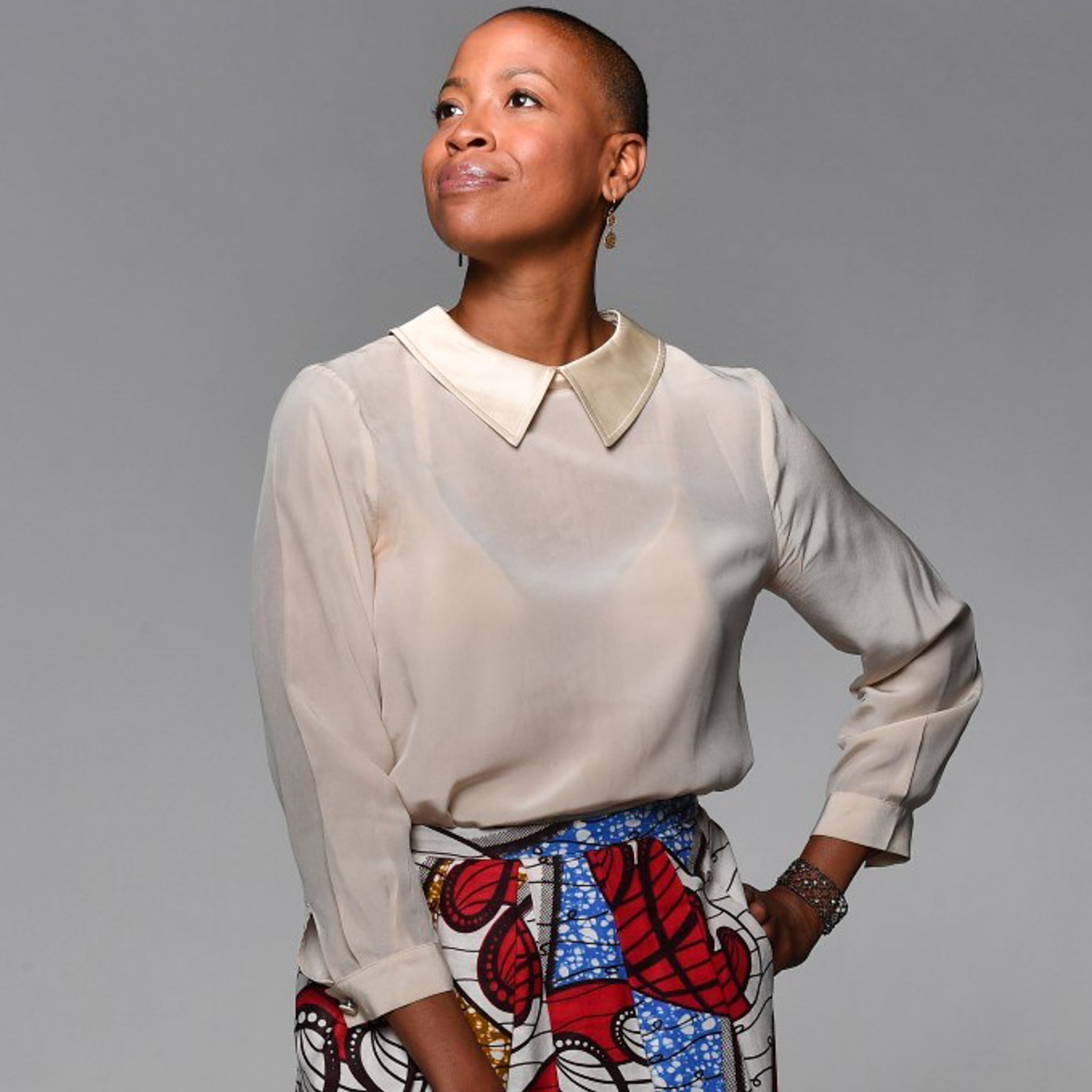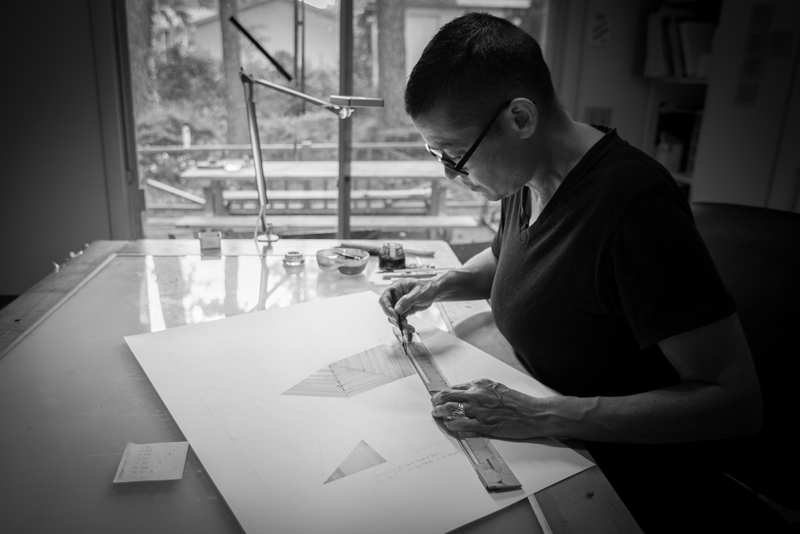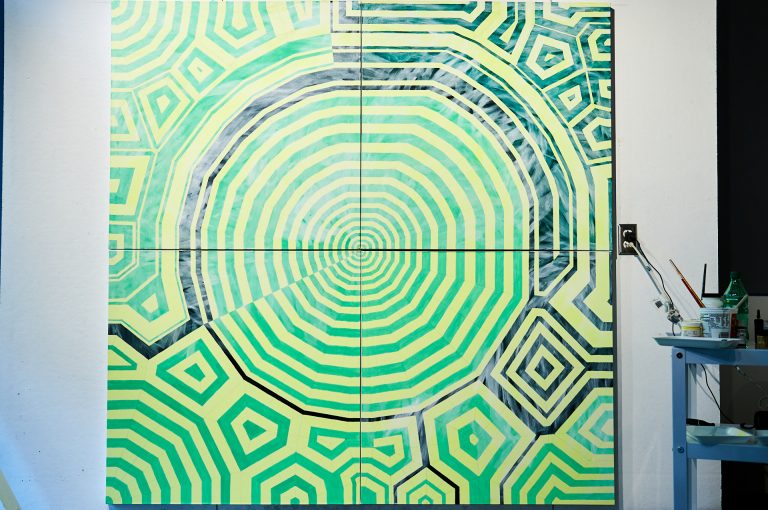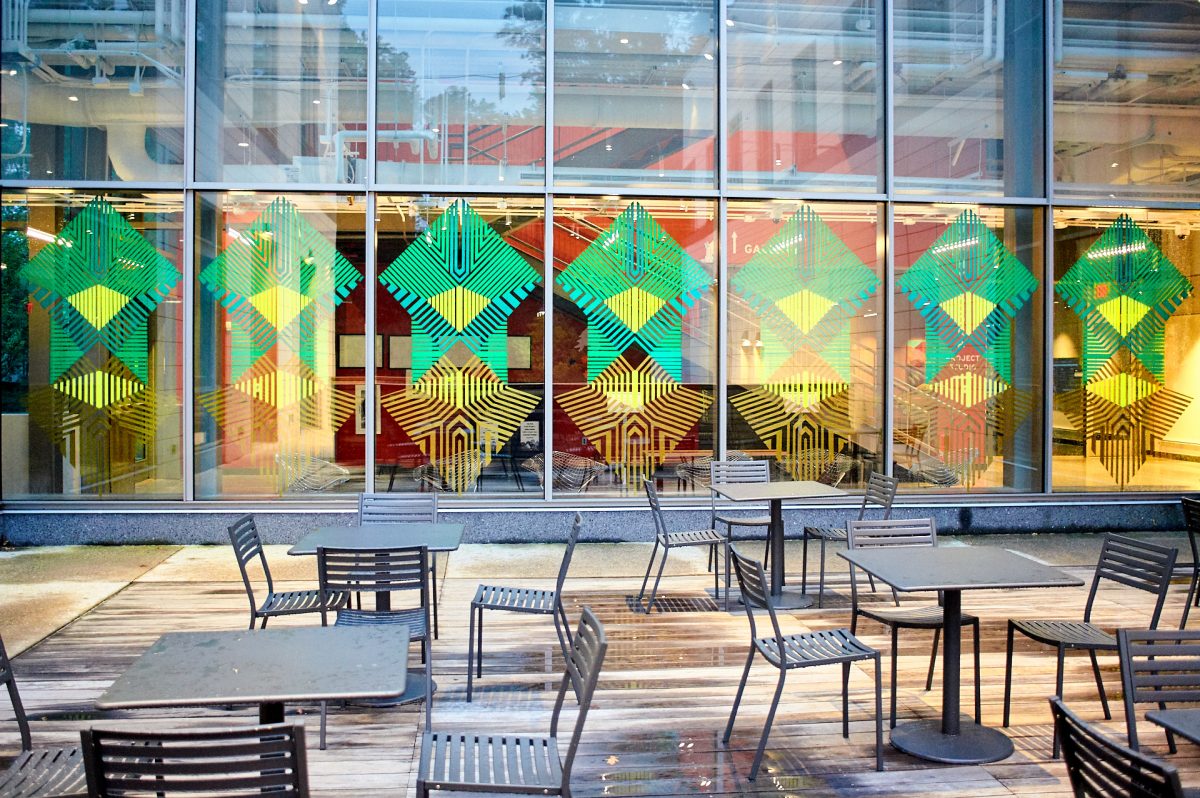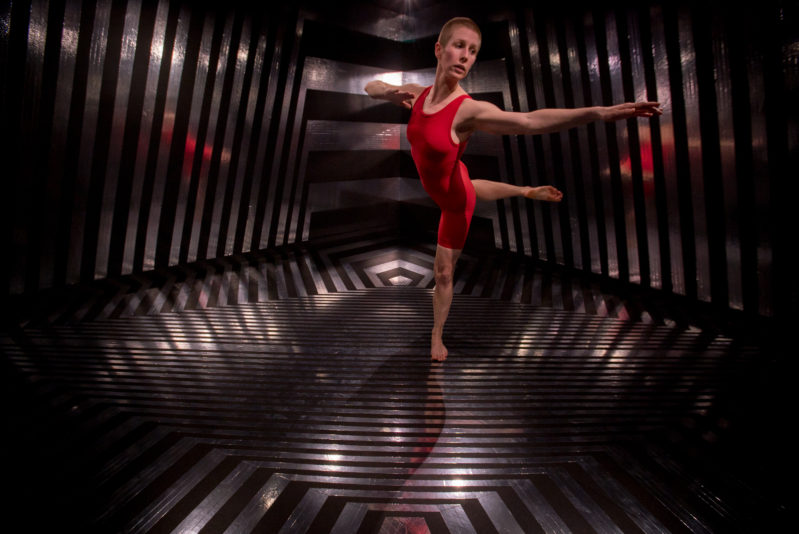
The institutional neglect and indignity faced by many African Americans during and after the Jim Crow era in the South didn’t end when their lives did. In a panel hosted by the Duke Office of Durham & Community Affairs on Sept. 10, a community leader, Duke professor, and undergraduate student discussed some of the work they are doing to combat the marginalization of Durham’s deceased in Geer Cemetery, two miles from Duke’s campus.

Founded on land purchased from Frederick and Polly Geer by John O’Daniel, Nelson Mitchell, and Willie Moore in 1877, Geer Cemetery is the final resting place for over 3000 of Durham’s African American citizens. As Maplewood Cemetery was segregated, from 1877 until the opening of Beechwood cemetery in 1924 Geer served as the only cemetery for the African American dead. Lacking public funding and under fire from the health department for overcrowding, Geer Cemetery closed in the 1930s and, in the absence of a plan for its continued upkeep, fell into a state of disrepair.
President of Friends of Geer Cemetery Debra Taylor Gonzalez-Garcia provided a brief history of Geer Cemetery.
The nonprofit Friends of Geer Cemetery was formed in 2003 by “concerned citizens and neighbors” and has worked to “restore the cemetery’s grounds and research its histories” under their mission statement “restore, reclaim, respect.” According to Gonzalez-Garcia, work consists of maintaining the cemetery grounds, repairing headstones, writing life stories, and advocating for recognition.
Friends of Geer Cemetery has accomplished a lot in terms of restoration: in 2004 the cemetery was unrecognizable, with broken headstones, overgrowth, and sunken burials. Today, with the help of Keep Durham Beautiful, Preservation Durham, and other volunteers, the entire cemetery can now be easily viewed.
The organization also continues to work tirelessly toward their other objectives, reclamation and respect. By mining local records, research volunteers have created a database which includes approximately 1,651 burials, but efforts are ongoing.
Gonzalez-Garcia expressed excitement about the organization receiving grant funding for an archaeological survey. “[The survey] will help us to map out burials, because currently, there is no map,” Gonzalez-Garcia said. “We aren’t sure where people are buried.”
The community leader discussed how efforts to reclaim Geer Cemetery bring about questions that reckon with white supremacy in general. “We’re not told stories of the African Americans who built Durham,” Gonzalez-Garcia said. “Why do we know so much about Washington Duke, and nothing of Augustus Shepard? Why should Maplewood still exist and not Geer Cemetery?”

Associate Professor of the Practice in International Comparative Studies Adam Rosenblatt expressed his interest in how care for the dead is “bound up with human rights and social justice.” This interest is personal: he has his own graveless ancestors who disappeared in the Holocaust. He expressed his passion for educating others about “places of mourning in our midst” through “community-engaged” scholarship.
Along with Gonzalez-Garcia, Rosenblatt sponsored a Story+ program at Duke entitled Geer Cemetery: Labor, Dignity, and Practices of Freedom in an African American Burial Ground. With the help of sponsors and a graduate mentor, Duke undergraduates Nyrobi Manuel, Kerry Rork, and Huiyin Zhou researched the cemetery closely in order to “uncover the stories of ordinary citizens and add these stories back into the historic narrative about Geer.” The researchers produced three unique, interactive digital projects which will contribute to the Friends of Geer Cemetery’s online platform for education and outreach.
Rosenblatt discussed one challenge the Story+ engaged with: What really constitutes a human subject? The IRB’s definition doesn’t include the dead; there’s no IRB protocols for researching the dead and their stories. Many archives disappear entirely, or are fragmented.

Nyrobi Manuel, a Duke undergraduate, was one of Rosenblatt and Golzalez-Garcia’s mentees. Manuel took Rosenblatt’s course “Death, Burial, and Justice in the Americas” and says the course inspired her to dig deeper into African American death practices. Through the Story+, Manuel researched John C. Scarborough, who established the fifth-oldest Black-owned funeral home in the country. She produced a project entitled “Scarborough and Hargett Funeral Home: Dignified Death and Compassion in the Black Community.”
Manuel discussed her findings. Many funeral directors became important figures in their community, and John C. Scarborough was no different. A philanthropist and important community member, he helped to establish Scarborough Nursery School, North Carolina’s oldest licensed nursery school.
What’s always drawn Gonzalez-Garcia to Geer Cemetery is its “quiet beauty” and sense of connection. Though her ancestors are buried in Virginia, where she’s from, Geer Cemetery seeks to tell stories of African Americans through “emancipation and reconstruction: throughout history.” Geer is special because it seeks to tell the story of her “blood relatives” while also celebrating the history of Durham, which, she said fondly, is “my community now.”

















